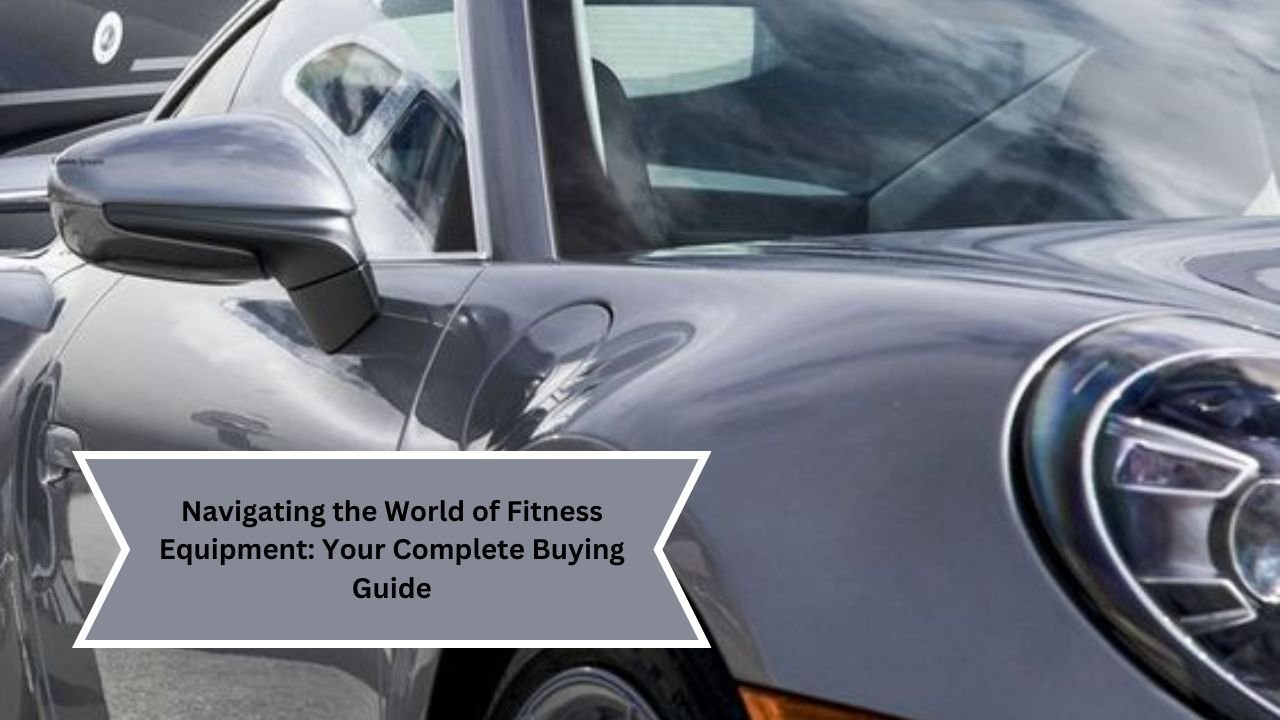In an age where health and wellness are at the forefront of many people’s minds, the demand for fitness equipment has skyrocketed. Whether you’re a seasoned athlete or a newcomer to the world of fitness, understanding what to look for when purchasing equipment can be daunting. This guide aims to simplify the process, helping you make informed decisions tailored to your fitness goals and lifestyle.
1. Define Your Fitness Goals
Before diving into the buying process, it’s crucial to clarify your fitness objectives. Are you looking to build strength, improve cardiovascular health, enhance flexibility, or a combination of these? Your goals will significantly influence the type of equipment that will best serve you.
- Strength Training: If your focus is on building muscle, consider free weights, resistance machines, and kettlebells.
- Cardiovascular Fitness: For endurance training, look at treadmills, stationary bikes, and rowers.
- Flexibility and Mobility: Yoga mats, foam rollers, and resistance bands can help with stretching and recovery.
2. Assess Your Space
Space availability is another critical factor when purchasing fitness equipment. The size of your home gym will dictate the type and number of items you can accommodate.
- Compact Options: If you’re short on space, consider foldable or multi-functional equipment like adjustable dumbbells or compact ellipticals.
- Dedicated Space: If you have a garage or spare room, you might invest in larger machines like a full weight bench or a multi-station gym.
3. Budget Considerations
Setting a budget is essential, as fitness equipment can range from affordable to high-end. Here’s a breakdown of potential costs:
- Entry-Level Equipment: Resistance bands, yoga mats, and jump ropes are usually inexpensive and versatile.
- Mid-Range Equipment: Good quality dumbbells, kettlebells, and stationary bikes can be found for a reasonable price.
- High-End Equipment: Commercial-grade machines, such as treadmills with advanced features or full power racks, come with a significant price tag.
Remember to consider the long-term investment; higher-quality equipment may cost more upfront but can save you money in the long run by lasting longer.
4. Research Equipment Types
Cardio Machines
- Treadmills: Great for running or walking indoors. Look for a model with a sturdy frame, a good motor, and various incline settings.
- Stationary Bikes: Ideal for low-impact cardio. Options include upright and recumbent bikes, each serving different comfort and workout needs.
- Ellipticals: Provide a full-body workout while minimizing stress on the joints. Consider adjustable stride length for a personalized fit.
Strength Training
- Free Weights: Dumbbells and kettlebells are versatile and can be used for a range of exercises.
- Weight Machines: These offer guided movements, which can be helpful for beginners. Look for machines that allow for a variety of exercises.
- Resistance Bands: Affordable and portable, resistance bands can be used for both strength training and rehabilitation.
Functional Training
- Medicine Balls: Excellent for core workouts and can be used for various exercises.
- Battle Ropes: Great for high-intensity interval training (HIIT) and building endurance.
- Foam Rollers: Ideal for recovery, helping to relieve muscle soreness and improve flexibility.
5. Read Reviews and Test Equipment
Before making a purchase, read user reviews to understand the experiences of other buyers. Look for feedback on durability, ease of use, and customer service. If possible, test equipment in stores. Most fitness retailers have a selection of machines set up for customers to try, which can provide valuable insight into comfort and functionality.
6. Brand Reputation and Warranty
Choosing reputable brands can ensure quality and durability. Look for well-known fitness equipment brands that offer warranties. A good warranty can provide peace of mind, particularly for larger machines, as it indicates the manufacturer’s confidence in their product.
7. Consider Additional Accessories
Once you’ve chosen your main pieces of equipment, consider what additional accessories you may need to enhance your workouts:
- Yoga Mats: Essential for floor exercises and stretching.
- Weight Benches: Useful for a variety of strength training exercises.
- Storage Solutions: Racks or shelves can help keep your space organized and safe.
8. Maintenance and Care
Proper maintenance is crucial for ensuring the longevity of your fitness equipment. Familiarize yourself with the care instructions for each item you purchase. Regular cleaning and maintenance will not only extend the life of your equipment but also keep it safe and hygienic.
9. Online vs. In-Store Purchases
Deciding whether to buy online or in-store can impact your overall experience:
- Online Shopping: Offers convenience and often better deals. Make sure to buy from reputable retailers and check return policies.
- In-Store Shopping: Allows for hands-on testing and immediate customer service. It’s particularly beneficial for larger items that may be difficult to return.
10. Building a Balanced Home Gym
Once you’ve made your purchases, consider how to arrange your space for an effective workout environment. A balanced home gym typically includes a mix of cardio, strength, and flexibility equipment. This variety will allow you to switch up your routine and target different muscle groups, which can help prevent plateaus.
Conclusion
Navigating the world of fitness equipment doesn’t have to be overwhelming. By clearly defining your fitness goals, assessing your space and budget, and understanding the types of equipment available, you can make informed decisions that align with your lifestyle. Remember that investing in fitness equipment is an investment in your health, so take the time to choose wisely. Whether you’re lifting weights, cycling, or stretching, the right equipment can make all the difference in your fitness journey.
| HOME | CLICK HERE |
| BUYING GUIDES | CLICK HERE |

